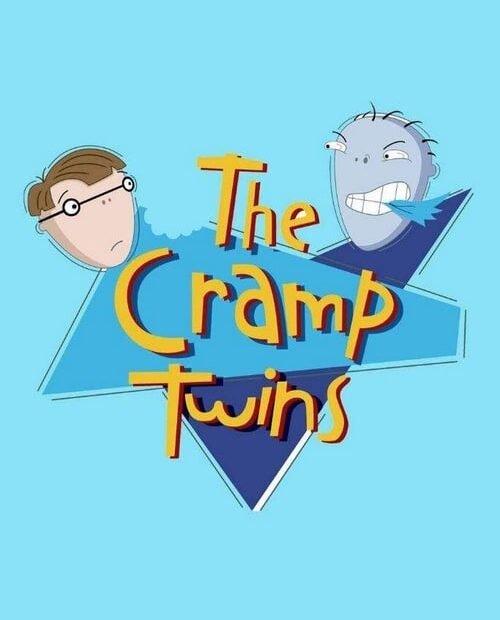The Cramp Twins: A Philosophical Journey Through Twin Turmoil
In the whimsical world of The Cramp Twins, we are invited to explore the profoundly absurd relationship between two ten-year-old twins, Lucien and Wayne Cramp. Based on the graphic novels by Brian Wood, this animated series is not merely a collection of slapstick antics; it is a veritable philosophical treatise on the nature of sibling rivalry, individuality, and the scope of human emotion—all wrapped in the guise of a cartoon.
Lucien, the artistic and somewhat pretentious twin, often embodies the spirit of a tortured artist, forever trying to escape the chaos wrought by his brother Wayne, who is the embodiment of boisterous mischief. One cannot help but ponder: is Lucien’s disdain for Wayne’s brutish antics a reflection of his own insecurities? Or is Wayne merely a product of an unrefined upbringing, a raw gem in the rough? The series poses these questions while delighting us with the visual spectacle of Wayne’s relentless pursuit of chaos.
As the episodes unfold, we witness a perpetual tug-of-war between the twins. One minute, Lucien is attempting to cultivate his inner Van Gogh, only to be interrupted by Wayne’s latest scheme to turn their home into a makeshift wrestling ring. The slapstick humor is relentless, and one cannot help but admire the creativity of the pranks—like the time Wayne turns Lucien’s art project into a paper-mâché monster, which, ironically, becomes a commentary on the fragility of artistic expression. Who knew chaos could be so philosophically rich?
One of the most delightful aspects of The Cramp Twins is the supporting cast, including their eccentric mother, who embodies the spirit of maternal love mixed with a hint of bewilderment. She often stands as a silent observer to the existential crises unfolding before her, a modern-day Socrates watching the absurdity of her children’s lives unfold like a tragicomic play. Her bemusement prompts us to reflect: is it possible to love both chaos and order simultaneously? In the Cramp household, the answer is a resounding yes.
As the series progresses, we come to realize that the twins’ antics are not merely about rivalry; they are a profound exploration of identity. Lucien, in his quest for sophistication, learns to embrace his brother’s less-refined nature, while Wayne, through his relentless antics, discovers the value of creativity and expression. The climax of this philosophical journey occurs in a particularly hilarious episode where they must work together to save their town from an absurd threat—a giant, rampaging vegetable. It’s a classic case of “the enemy of my enemy is my friend,” or perhaps more accurately, “the chaos of my brother is my creative muse.”
In conclusion, The Cramp Twins is not just a children’s show; it is a vibrant tapestry of sibling dynamics, existential musings, and slapstick comedy that invites viewers to reflect on their own familial relationships. So, the next time you find yourself at odds with your sibling, remember the Cramp twins: sometimes, the most entertaining battles are the ones that teach us the most about love, chaos, and the art of being utterly ridiculous.
